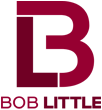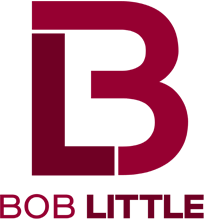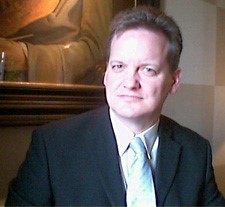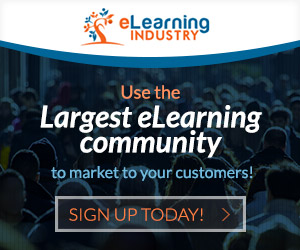First suggested in 1999 and now a growing technological reality, the Internet of Things (IoT) is a system of interrelated computing devices, mechanical and digital machines, objects, animals or people, each of which have unique technological identifiers and the ability to transfer data over a network without requiring human-to-human or human-to-computer interaction.
According to Mohit Agrawal, Head of Strategy and Marketing Planning, Asia Pacific, at the telecoms giant HMD Global, while there are several, widely varying, projections on the size of the IoT market by 2020, they all agree that the market size will be more than US$1tr. Noting that, as yet, no one provider has an end-to-end IoT solution, Agrawal argues that the only choice where the IoT is concerned is to partner or perish. In his view, the platform providers seem to be well placed but will need partnerships to fully realize IoT’s potential. Device makers and operators would need to partner with platform providers – and vice versa – to ensure that they’re not left out of the IoT ecosystem.
Agrawal explains that the IoT has a complex value chain – involving device providers, operators, platform providers, systems integrators and application providers – since it affects a large range of processes. Consequently, he says, multiple stakeholders need to work together to deliver on the promise of the IoT.
In the e-learning world, one of the early leaders in the IoT space is the Singapore-based company, Edtrin. Using the IoT’s capabilities, Edtrin aims to provide personalised, ongoing career management.
According to Graeme Coomber, Edtrin’s CEO, “Being new world educators, Edtrin uses data-driven insights to help form and deliver individual education and career needs to cater to the fluid, evolving, culturally diverse and emerging skill requirements of people and industries today.”
While Edtrin is exploring how the IoT can be applied to help people learn – as well as help suppliers of learning materials and systems to learn what it is they need to supply – more traditional educators, in the academic world, are also investigating the IoT’s properties.
Last August, Dina Kurzweil and Sean Baker published a paper on this. Kurzweil is the director, Education and Technology Innovation Support Office, at the USA’s Uniformed Services University of the Health Sciences, while Baker is the university’s chief technology officer.
In their paper, Kurzwell and Baker argue that an educational environment – which they call the Educators’ and Learners’ Internet of Things (ELIoT) – that’s explicitly focused on supporting learning with the IoT could be extremely beneficial.
“Many of the things surrounding us gather information about us without our realizing it: things embedded into objects, worn on our bodies, controlled with sensors, developed for intelligence, and created for data gathering capacity and communication,” say Kurzwell and Baker.
Since all these things communicate through the cloud, make decisions, and share information, Kurzwell and Baker say it’s important to recognize this IoT’s key characteristics and plan for its inevitable impacts in higher education – especially as there continues to be a growing spectrum of learning ‘things’ available. This, with the wider use of different teaching techniques, increases the potential for more personalized learning.
Believing that, “From the schoolhouse to the university, educators must develop a strong knowledge base about how to leverage the IoT to enhance the quality of education and prepare students to be active contributors to, and beneficiaries of, this educational integration,” they conclude that, “Planning for the ELIoT is crucial, but it will not occur in a vacuum.”
In particular, they cite key issues in this planning process as, “diffusion of innovation, silos, strategy and policy, impacts on security and data, and team growth”.
As communications – enabled via ever-developing technology – become more global, diverse and multi-cultural, so professional educators and trainers need to rethink how they educate their learners, as well as how they develop internationally-accepted competence and competence standards for the global educational community.
There are data security issues to be considered too – as Sir Tim Berners-Lee, the ‘father of the internet’, has pointed out. Moreover, one of the key tests of the IoT’s success, in ‘learning’ or any other sector, is the extent to which those benefiting from operating ‘data silos’ will share that information.
Yet what’s certain is that, given the IoT’s existence, the future of academic and corporate learning won’t be bounded by the capabilities of a formal classroom setting. Moreover, it’ll be fuelled by learners’ needs and only be limited by the educators’ unique perspectives.
This article, by Bob Little, was first published at https://www.speexx.com/home/internet-things-elearning/







Leave A Comment
You must be logged in to post a comment.